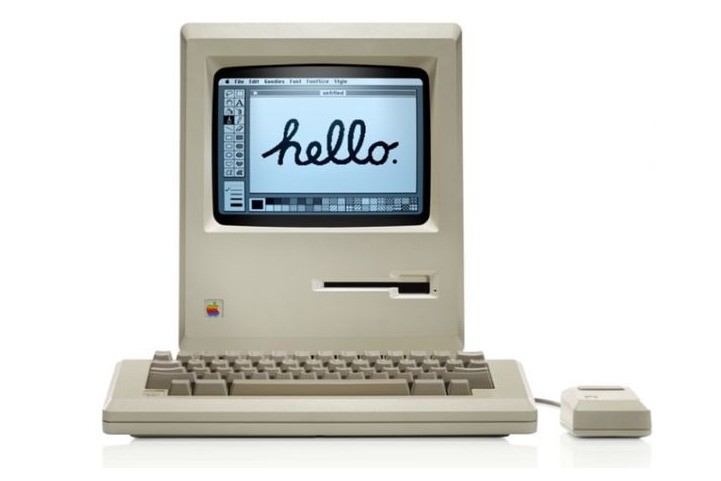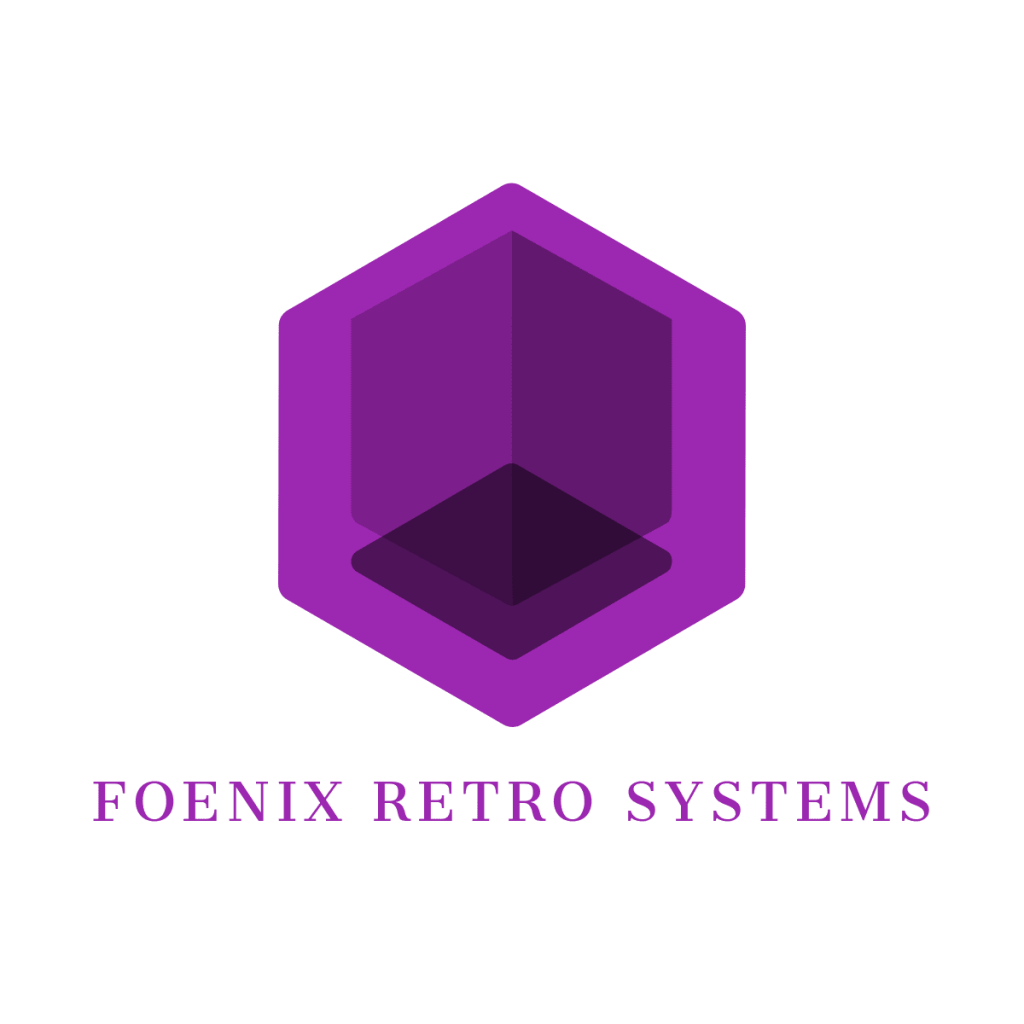Apple Macintosh (1984)
The Apple Macintosh, released in 1984, created quite a stir. It featured the original 64 pin DIP Motorola 68000 CPU running @ 7.83MHz. The first Macintosh boasted a full bitmapped display, GUI interface, built in monitor, and brought the Mouse into the mainstream for the very first time.

The original Mac included only 128K of RAM. This was both puny and unacceptable by Jobs own admission despite being twice the onboard RAM sold with the Apple IIe which shipped just one year prior.
Depicted by Ashton Kutcher in the movie “Jobs”, Steve’s delight upon using the first working prototype quickly turned to dismay. This disappointment was ‘a thing’ for Jobs; he routinely overpromised cost/capabilities and was routinely late.
The Macintosh also boasted 64K of ROM (containing QuickDraw and more) and this went a long way towards standardizing the look, feel, and services available for application development. It also included a pair of killer apps, named MacPaint and MacWrite, which leveraged proportional fonts and eventually, an object based manner of building up documents and images from basic shapes which could each be stretched and moved with ease.
The Macintosh in this exhibit is the original M0001 model, notable because it is the very first model that Apple shipped, but also because of a non-feature that is not obvious to the user. The inside of the case has moulded signatures of the design and executive team including Steve Jobs, Steve Wozniak, Bill Atkinson, Andy Hertzfeld, and others. (Amiga would later do the same thing, adding Jay Miner’s dog’s paw print alongside human signatures in the case of the A1000).
With a 9.6 x 10.9 inch footprint, the Mac was an early upright box-like (not quite a cube) package, including an internal power supply, internal 400K 3.5” floppy disk, analog and digital boards, and in this case, a 9” monochrome monitor boasting 512 x 342 pixels.
The [nearly] all-in-one nature of the original Macintosh with it’s convenient carry handle meant that transport, setup, and startup was quick and easy. One power cable, one click of the RJ11 keyboard, and the thumbscrews of the DB9 mouse and you were good to go. Of course, this first model ONLY had a single 400K floppy drive which had to contain the operating system, some amount of utilities, and the ability to load and run program from inserted disks.
You might notice that this motherboard includes silkscreened grid locations A, B, C and 1, 2, 3, something Wozniak did on the Apple II. You might also notice that this motherboard is missing its Low and High ROMs. This is because this particular system was upgraded with the Dove MacSnap add-on which brought the total memory to 2MB and added a SCSI interface for external hard drive connectivity.
For as innovative as the Macintosh was, it missed the mark when it came to a means for expansion, severely locking out the 3rd party market that made the Apple II so popular.
Later versions of the Mac (the SE and the Mac II) included a PDS slot and NuBus slots respectively, but they were very much considered niche products and were prohibitively expensive when compared to the rising tide of IBM PC clones.
At a cost of $2,495 USD; or $6,220 in 2020 dollars, the original Mac was an expensive but exciting step forward and innovative in many regards.
Further reading: This article published in The Atlantic in 2019, written by Ian Bogost. In his piece, Ian beautifully summarizes the experience of the original Macintosh and specifically, composing the article on it (an SE).

Brought to you by Foenix Retro Systems
Foenix A2560 family systems and the 68040 add-on CPU of the new C256 GEN X supports the same Motorola lineage as this first Macintosh. Another similarity is the shape and scale of the motherboard, but that’s where the similarities end. The original Macintosh depended on an ‘analog board’ which reconciled video, power management, and other functions; but the spirit of the original Mac design ideals live on in successor systems.
Next, see… “NeXT”, which was Jobs next big thing.